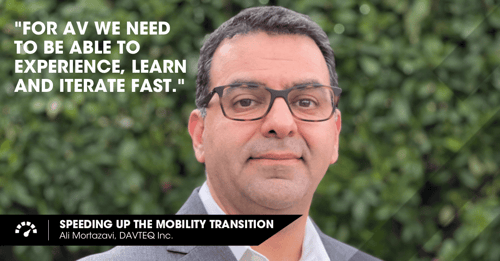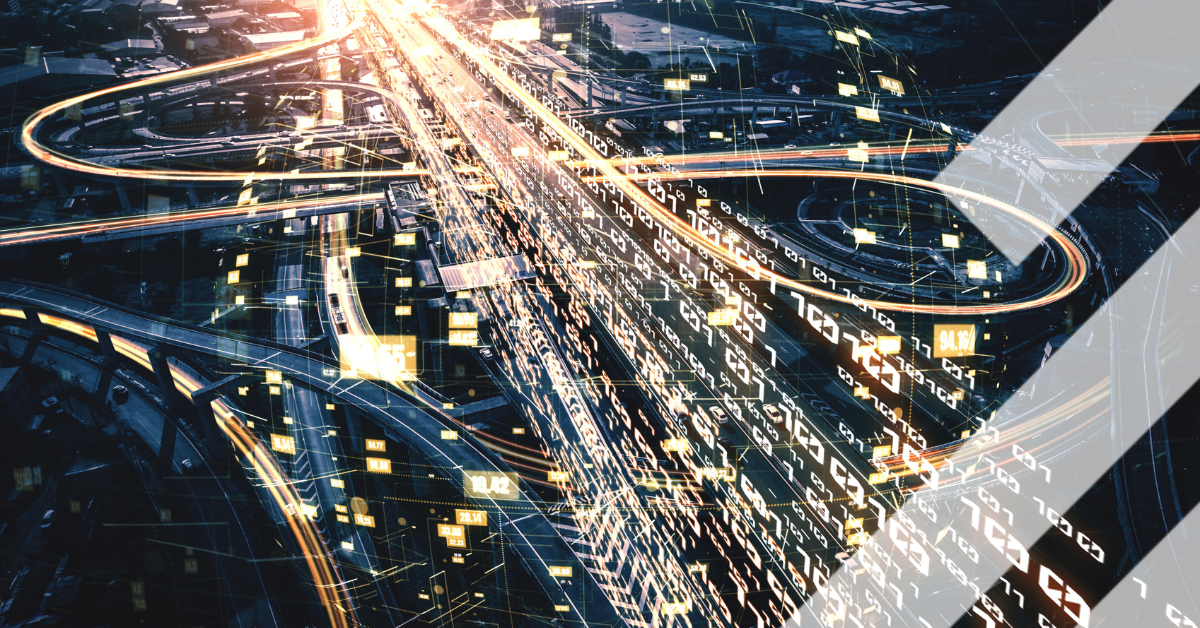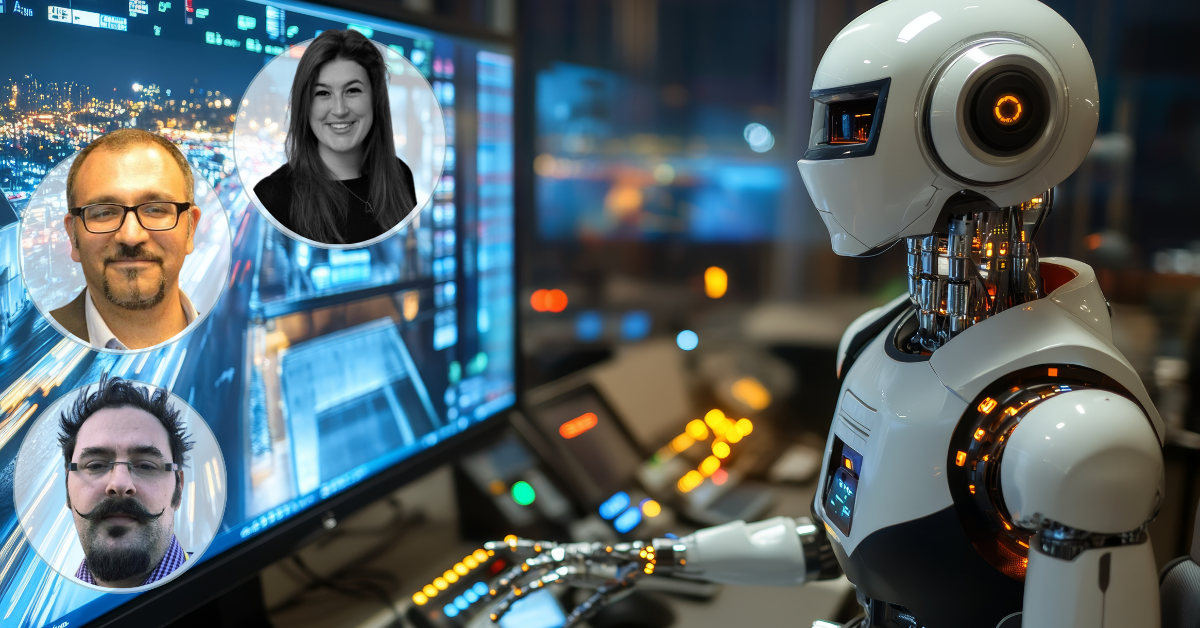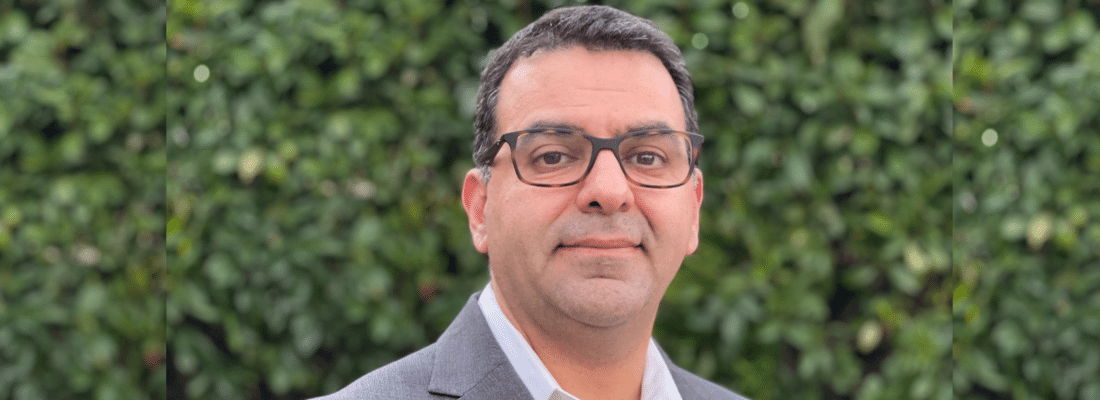With the continuous growth of the population and ongoing urbanization, there are numerous mobility challenges. Sustainability, safety and societal impact are amongst our daily concerns. We need to speed up the mobility transition to keep up with the fast-changing global dynamics, which requires inventive approaches and better solutions. In this series, we share inspiring and innovative cases from all over the world. We spoke to Ali Mortazavi, expert on connected and automated driving. How does he speed up the mobility transition?
‘More than 15 years of my career, I have been focusing on implementing innovative technologies and data-driven solutions in transportation. I spent a big portion of this journey working on developing package delivery robots at Amazon, and autonomous vehicles at Nissan. My first interaction with transportation overall was when I started working on developing a drowsiness detection system for truck drivers.’
‘I worked on both the public sector and technology side, which situated me in a unique position where I understand both sides. I feel I can effectively utilise my expertise to bridge the gap between the public and the technology to improve our lives. With that vision, I started DAVTEQ, Inc.’
“All the big companies got into the reality that autonomous driving is a big challenge.”
‘Yes, I am a big believer of autonomous driving, but with some caveats. Here is my personal take on this. Looking into the history of autonomous vehicle, there are a lot of discussions around launching the technology. You hear people saying, “By 2019 we're going to have autonomous cars driving the streets and now it’s 2022 and we haven't seen a full fledge deployment.” All the big companies got into the reality that this is a big challenge.’
‘Also, we hear a lot in this industry that the autonomous technology is supposed to replace humans. From my personal perspective, this is a wrong mind-set that people have. I believe these autonomous vehicles are to improve the efficiency of our transportation. Or, as I would call it, “to optimise it”, not to replace humans completely. And that's a totally different mind-set. I think that's one of the big blockers.’
“Autonomy is to improve our transportation, improve the efficiency of the delivery of the packages or movement of people and more.”
‘We need to find a way of introducing autonomy in a smoother and more gradual way and communicate clearly that it is not a total replacement for humans. Autonomy is to improve our transportation, improve the efficiency of the delivery of the packages or movement of people and more.’
‘The other big hurdle here is that technology is evolving at a very fast pace and the public sector has difficulties to keep up with that pace. As the transportation problems are piling up, the decision making process to resolve those issues is really slow. By the time a decision has been made, the situation has completely changed and the decision is kind of outdated. Or something else like COVID or a natural disasters can completely overshadow and derail our long-term plans.’
‘We need to be able to experience, learn and iterate fast. This is something that needs to be accepted as a new norm in the transpiration industry. Through my personal interactions, I have seen great examples where at the local level proactive agencies are accepting this fact, organizations like the Province of Noord-Holland or the Contra Costa Transportation Authority who are very looking forward and adaptive. However, I don't think at the global level or at the federal level, we are adjusting to this evolution. That's required to successfully implement autonomy and other technologies.’
“We need to tailor our capability to use cases that we can actually handle now, build support and policies around it and start from there.”
‘The challenge for level 4 and 5 is that we seem to have this vision of AV being a complete solution for everything, all use cases, driving you from A-Z. However, I don't think we can get there pretty soon because of the corner-case issues. We need to tailor our capability to use cases that we can actually handle now, build support and policies around it and start from there. Governments are allowing autonomous vehicles on the public streets to test with safety drivers. Still a lot need to be done for “driverless” cars. For instance, what would be the rule of autonomous driving? Accidents can still happen, but who is at fault?’
‘These things need to be addressed and added at policy level. It is almost impossible for the technology side to make some decisions without any policies around it. And we need a solid use case to demonstrate the value and implement autonomy. Then, people can gradually adapt to these new technologies, like what we did with ADAS or cruise control.’
‘The urgency of autonomous driving is that it can improve our road safety. A lot of incidents happen because of human error and distraction, for example people looking at their cell phones. We've introduced a lot of technologies over the years to improve the safety of the vehicles, but still the crash rates have not dropped significantly.’
“When people talk about autonomy, they're expecting zero accidents. Is that a realistic short-term expectation?”
‘Autonomy can help a lot, but it goes back to our expectations. In transportation industry, when people talk about autonomy, they're expecting zero fatality. Zero accidents? Is that a realistic short-term expectation? In the United States there are about 39,000 fatalities per year. What if autonomy can reduce that to let’s say 5,000, it would still be reduced by 80-90%. Would that not be good enough to start with?’

‘Some of the benefits of AV became clear in one of the projects I initiated, as part of DAVTEQ Inc., which is a collaborative effort among the Contra Costa Transportation Authority, Nissan North America, the University of California, Berkeley and DAVTEQ.’ This project aims at alleviating stop-and-go phantom traffic jam waves using a small number of connected automated vehicles interspersed in traffic, each following a longitudinal speed control policy that is determined by an AI in the cloud.’
“As soon as they turned on the cruise control for the leading car, the flow became smooth and the shockwaves dissipated.”
‘The idea behind this project comes from the test conducted by University of Illinois, Rutgers University, Temple University and The University of Arizona, where a team of researchers created a circle of vehicles chasing each other. They tested two situations: one with actual drivers driving on their own, just following each other; and the second situation was the drivers manually chasing a lead vehicle driving with the adaptive cruise control on. In the first scenario, they noticed a lot of stop and go shockwaves. As soon as they turned on the cruise control for the leading car, the flow became smooth and the shockwaves dissipated.’
‘In the Contra Costa County, CA, where I live and experience the congestion, we want to also implement this concept on the highway by utilizing AI in the cloud along with automated vehicles. In this three-year project, our goal is to reduce instabilities in traffic flow that result in so-called phantom traffic jams. In the first year we want to build this AI system. In the second year we want to test it at the smaller scale. In the third year, the plan is to actually deploy at scale with many cars. The benefit of this solution is multi-faceted. It not only decreases traffic jams and accidents; but it also decreases emissions or save energy when driving electric or hybrid.’
“The beauty of this project is that we only need a very small set of cars equipped with this technology.”
‘The beauty of this project is that we only need a very small set of cars equipped with this technology, the other vehicles will just follow and simulate. The first studies show only 10% penetration rate would yield to 13% improvement in throughput.’
‘I'm excited because we are putting all the great minds in the industry and academia together. Experiencing, testing, learning and then also iterating to get to a point that we can implement it. This project really has the potential to be implemented at larger scale and improve traffic and safety. This is happening! In 2024, I will be back at Intertraffic Amsterdam, presenting the results.’
‘The exchange of knowledge and experiences is very important. However, one solution might not be as effective in Netherlands than in the US and vice versa. People’s behaviour can be different per region. To give one example, in the Netherlands you are using bicycles and have a solid public transportation system, whereas in the US transport is ‘driven’ by private vehicles and there are a lot of gaps in the public transport. Thus, it could well be that AV is easier to implement in the US, because people are car minded. However, the expectation from the autonomous vehicles might be higher for someone who is a frequent car user, with less patience toward a machine driven car.’
“The future of mobility is that we can effectively deploy autonomy or automation in our daily lives and the transportation ecosystem.”
‘My imagination about the future of mobility is that we can effectively deploy autonomy or automation in our daily lives and the transportation ecosystem. AI and data driven solutions will be tailored to our needs, both at personal and network level, based on the data we collect. We effectively utilise the technology to improve safety of our transportation system and sustainability.’
‘I enjoy connecting the dots: trying to find a solution for a specific problem and making sure that it's feasible and people can take benefit out of it. Mobility is part of our daily life. We use transport every day. I really enjoy having an impact on the society, changing things for a better purpose.’
Visit Intertraffic Amsterdam to meet Ali Mortazavi in person
Ali Mortazavi will be sharing his experiences at Intertraffic Amsterdam from 29 March – 1 April 2022. Make sure you are there!





